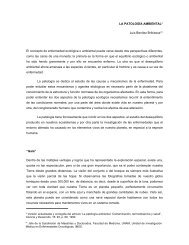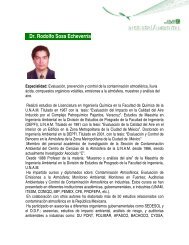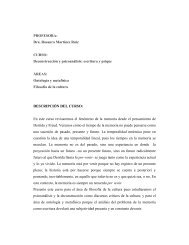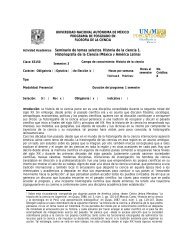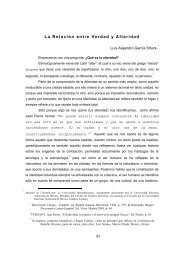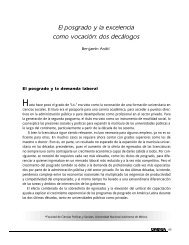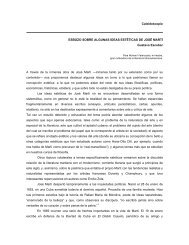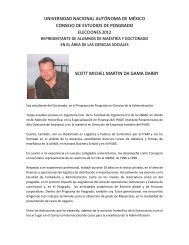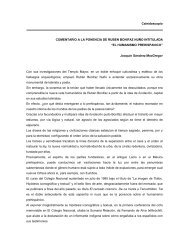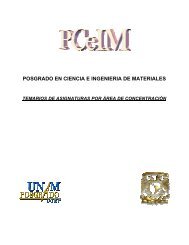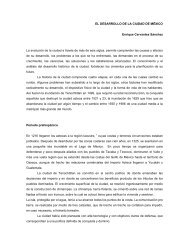Review: Resisting the Ninth Author(s): Richard Taruskin Reviewed ...
Review: Resisting the Ninth Author(s): Richard Taruskin Reviewed ...
Review: Resisting the Ninth Author(s): Richard Taruskin Reviewed ...
Create successful ePaper yourself
Turn your PDF publications into a flip-book with our unique Google optimized e-Paper software.
Performers and Instruments<br />
<strong>Resisting</strong> <strong>the</strong> <strong>Ninth</strong><br />
RICHARD TARUSKIN<br />
Beethoven, Symphony No. 9 in D Minor, op. 125, performed<br />
by Yvonne Kenny, soprano; Sarah Walker,<br />
mezzo; Patrick Power, tenor; Petteri Salomaa, bass;<br />
The Schiitz Choir of London; The London Classical<br />
Players; Roger Norrington, conductor (EMI CDC 7<br />
49221 2).<br />
Something that used to puzzle fans who listened<br />
to <strong>the</strong> souvenir recordings of <strong>the</strong> old Hoffnung<br />
Music Festivals without having attended<br />
<strong>the</strong>m was <strong>the</strong> extra roar of laughter that would<br />
swell up during <strong>the</strong> applause at <strong>the</strong> conclusion<br />
of each travesty. It was <strong>the</strong> response to a favorite<br />
sight gag: <strong>the</strong> conductor would customarily<br />
leap off <strong>the</strong> podium and bound over to shake <strong>the</strong><br />
kettledrummer's hand instead of <strong>the</strong> concertmaster's.<br />
And that is just what I felt like doing<br />
after hearing this extraordinary recent recording<br />
of Beethoven's <strong>Ninth</strong> Symphony. Always<br />
something of a timpani concerto among symphonies-besides<br />
<strong>the</strong> famous solos in <strong>the</strong><br />
Scherzo <strong>the</strong>re is <strong>the</strong> horripilating tattoo that all<br />
but drowns out <strong>the</strong> first movement recapitulation,<br />
<strong>the</strong> confiding exchanges with <strong>the</strong> cellos<br />
and basses in <strong>the</strong> third movement coda, <strong>the</strong><br />
shimmering roll that supports <strong>the</strong> most visionary<br />
moment in <strong>the</strong> finale, and much besides<strong>the</strong><br />
<strong>Ninth</strong> is enhanced immeasurably on this<br />
occasion by <strong>the</strong> stupendous playing of Robert<br />
Howes and <strong>the</strong> superbly responsive instrument<br />
on which he deploys his sticks.<br />
19th-CenturyMusic XII/3 (Spring 1989). ? by <strong>the</strong> Regents of<br />
<strong>the</strong> University of California.<br />
Nor is Howes <strong>the</strong> only London Classical<br />
Player one wants to single out for special<br />
thanks. There is <strong>the</strong> fourth hornist whose perfectly<br />
pitched, beautifully phrased solo in <strong>the</strong><br />
Adagio makes one almost regret <strong>the</strong> invention<br />
of <strong>the</strong> valve-horn, whose even tone robs <strong>the</strong><br />
famous Cb-major scale of so much of its o<strong>the</strong>rworldly<br />
quality, a quality that-as Berlioz always<br />
claimed, and as one is now persuaded-<br />
Beethoven cannily planned <strong>the</strong> stopped tones to<br />
produce. (I cannot name <strong>the</strong> player because <strong>the</strong><br />
roster lists five hornists; <strong>the</strong>re must have been<br />
some subbing at <strong>the</strong> sessions.) There are <strong>the</strong> cellos<br />
and basses (in equal numbers!), led respectively<br />
by Susan Sheppard and Barry Guy, who<br />
make such an unforgettable assertion-"mais<br />
in Tempo," as Beethoven wanted it! -out of <strong>the</strong><br />
recitatives at <strong>the</strong> beginning of <strong>the</strong> finale, and<br />
<strong>the</strong>n settle down into <strong>the</strong> most happily poised,<br />
least hortatory or sentimental enunciation of<br />
<strong>the</strong> Joy-<strong>the</strong>me you'll ever want to hear. The second<br />
time around <strong>the</strong>y are joined by <strong>the</strong> warm<br />
and bro<strong>the</strong>rly bassoon of Felix Warnock and<br />
well seconded in <strong>the</strong> vocal exposition by a<br />
young Finnish baritone named Petteri Salomaa.<br />
Nor would it do to pass over concertmaster John<br />
Holloway and his first fiddles, who execute<br />
with such breathtaking precision <strong>the</strong> figurations<br />
in <strong>the</strong> Adagio, made more challenging<br />
than ever by <strong>the</strong> unheard of tempo.<br />
But <strong>the</strong>n, all <strong>the</strong> members of this extraordinary<br />
band of sixty-five deserve to have <strong>the</strong>ir<br />
hands clasped and <strong>the</strong>ir backs slapped for <strong>the</strong>ir<br />
241



